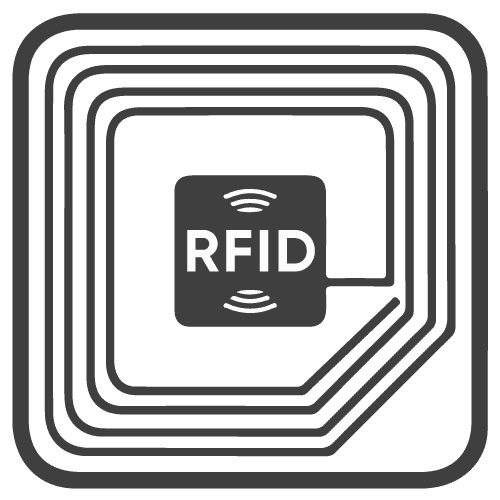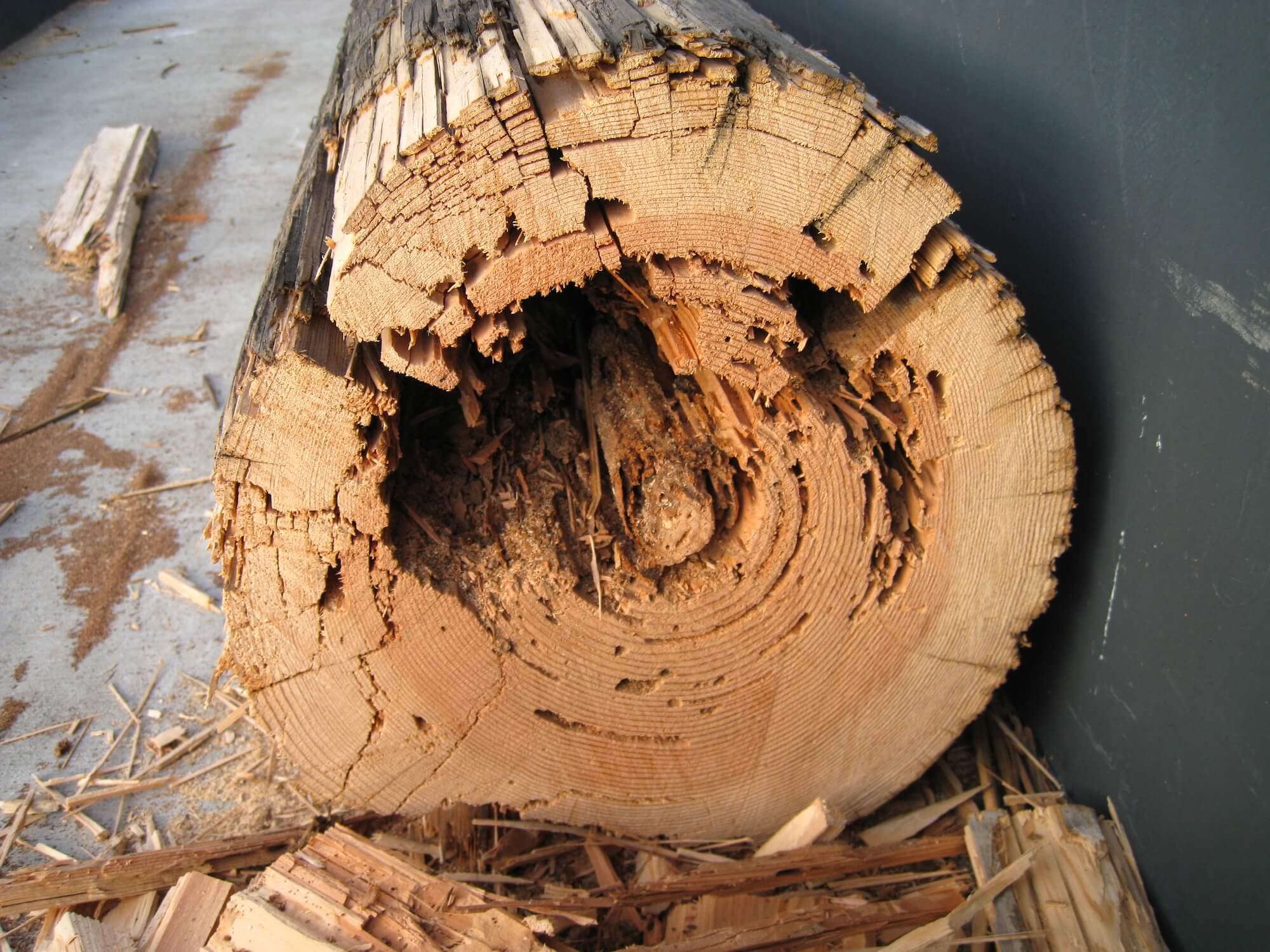Utility companies have a large number of assets spread over a large area. These assets require regular inspection, maintenance, repair and replacement. The effective management of assets is key to maintaining safety and network reliability while ensuring financial stability and reducing long-term costs. Utility poles make up a considerable percentage of these assets, and with the lifetime costs they impose, it’s essential to manage them effectively.
In the following article, we will look at how RFID tags can be utilised to implement network-wide monitoring and maintenance of your assets.
RFID tags or Radio Frequency Identification Tags contain a microchip and antenna. The microchip comes as standard with a unique readable electronic serial number and the serial number can be read using a handheld reader unit.
Polesaver dual-layer barrier sleeves include passive RFID tags as standard as part of the sleeve. The tag is embedded within the above-ground section of the sleeve. Once the sleeve is applied to the pole, it can then be scanned and recorded.

Data collection from RFID tags is a simple process. For passive tags, data collection is done via a handheld reader. Scanning the tag produces data that can show the product’s history and allow new data to be added.
The readers are available in a range of different options with lower-cost units having a read range of around 30cm and more costly units having a read range of up to 3M. Once the serial number has been read, this is transmitted via Bluetooth to a mobile phone or PDA as required. An asset management app (provided via a third party partner) on the phone or PDA then retrieves the relevant record for the asset. The user can record information, images, GPS location or repair actions as required. On return to the office, this data can be quickly and easily transferred to asset management systems such as SAP or IBM Maximo using an API to allow planning and recording of asset condition or flag up maintenance requirements.

To accommodate utility poles without Polesaver, we can also supply additional RFID tags (self-adhesive and screw fix) for tracking and monitoring purposes. These can also be used on other assets such as transformers and switchgear, to implement a full asset control system if required.
One of the key benefits of using RFID tags is the ability to monitor and collate large quantities of data and have immediate access to the condition of a particular part of your infrastructure or grid network. Once tagged, the information stored has the potential to give you a detailed explanation of that specific pole. Data could include installation date, previous inspections, decay tests etc. As well as data information on the pole, RFID tags can also provide detailed explanations of other features attached to the poles such as those previously mentioned.

The user can also use the serial number to give full traceability back to the pole or equipment supplier if required. This can include the date of supply and treatment details, specification etc. The serial number can also be used to prevent pole substitution with inferior quality poles by third party pole installation contractors. The serial number can be scanned on delivery to the utility and again when the pole is installed on-site and then checked to ensure they tally. We also carry full records of all sleeve serial numbers allowing users to quickly check they have genuine Polesaver sleeves.
Storing and utilising data effectively can be crucial to any large scale operation. The data collected using a Polesaver handheld scanner is stored via a third party; however, we appreciate that many utilities will already feature advanced systems to manage assets. Therefore, utilities can transfer any data collected into standard asset management software (Such as IBM Maximo, Sap etc.) using an Application Programming Interface (API).
Utilities can use the recording of this data to improve monitoring and efficiency across the grid network. We believe this to be an essential component of reducing costs arising from inspection and remediation. By using RFID tags, utilities can immediately access information for any given pole in the network. This data can streamline replacement and repair work, reduce inspection intervals, and reduce potential pole failures, offering far greater grid reliability.
Utility pole asset management has never been simpler. Polesaver can now extend the lifespan of wooden poles and enable improved asset management of poles and other assets as required. See below to get in touch today.


